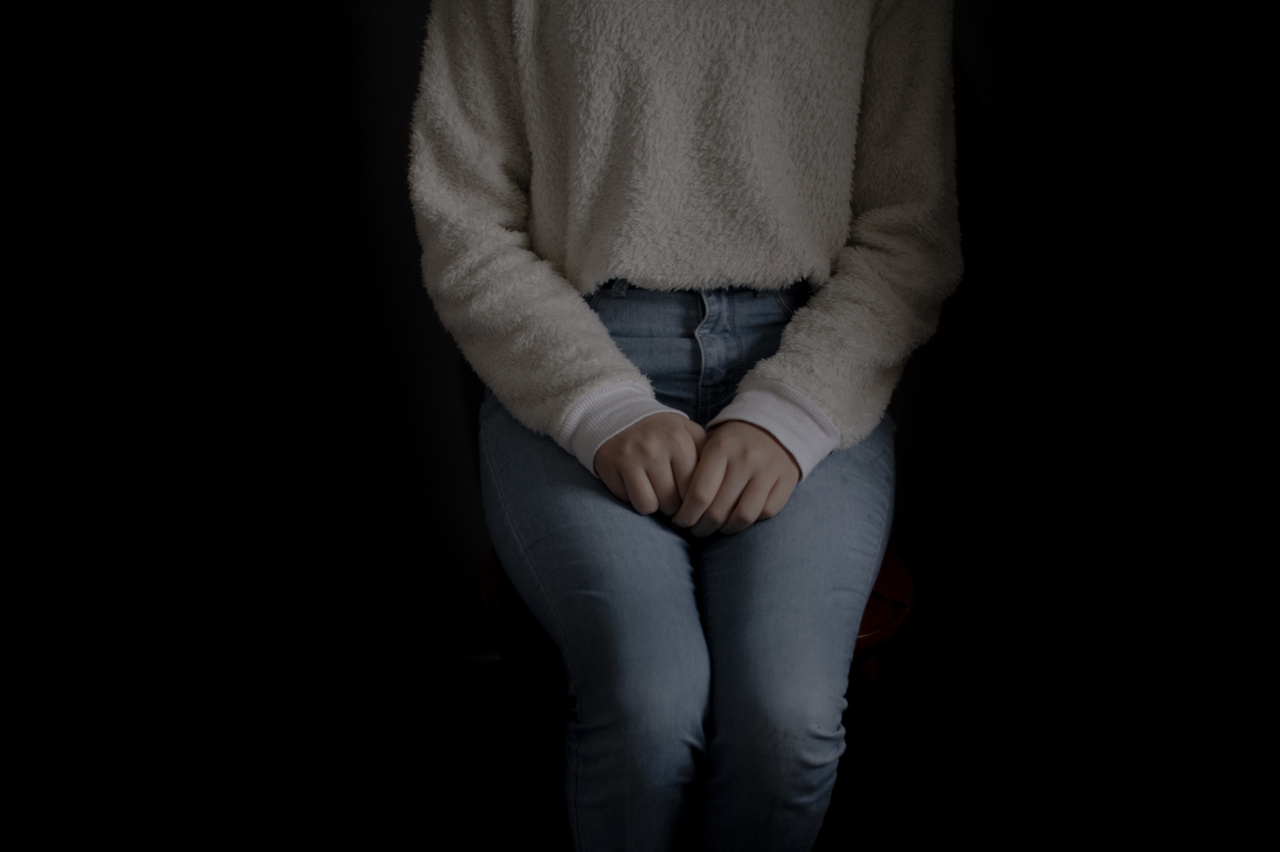There’s no denying the cuteness of a puppy. Fluffy, wriggly and full of energy, puppies are the epitome of joy and playfulness.
However, beneath that adorable exterior lays a complex little creature that has yet to fully understand the world around them. As such, puppies are prone to experiencing a range of emotions, including fear and anxiety.
In this article, we’ll explore the different ways puppies can react to new experiences and how pet owners can help their furry companions navigate those difficult moments.
Understanding Fear in Puppies
It’s normal for puppies to experience fear and anxiety, especially during the first few months of their lives. Puppies are still in the process of learning about the world, and everything they encounter is new and potentially frightening.
Fearful reactions can manifest in a number of ways, including avoidance behavior, hiding, whining, shaking, or even aggression in severe cases. Some common sources of fear in puppies include:.
- Loud noises (such as thunderstorms or fireworks)
- Unfamiliar people or animals
- Strange environments
- Unfamiliar objects or movements
- Sudden or unexpected events
Some puppies are naturally more timid and nervous than others, but any puppy can develop fear or anxiety in certain situations. If left unaddressed, these fears can turn into phobias, causing long-term psychological distress for the dog.
As such, it’s important for pet owners to recognize when their puppy is experiencing fear and take steps to help them overcome those fears.
Encouraging Bravery in Puppies
While it may be tempting to shelter a fearful puppy from the world, doing so can actually make the problem worse.
Instead, pet owners should aim to create a safe and supportive environment that encourages their furry companion to face their fears and build confidence. Here are some tips for helping your puppy feel brave:.
- Practice socialization: Introduce your puppy to a variety of people, animals, and environments from an early age, using positive reinforcement to help them associate these experiences with pleasure rather than fear.
- Be patient and supportive: Don’t force your puppy into new situations, but do encourage them to explore at their own pace. Praise and reward them for brave behavior, such as approaching a new person or object without hesitation.
- Use calming methods: If your puppy is particularly anxious, consider using calming aids such as pheromone sprays, anxiety vests, or natural supplements like CBD oil.
- Redirect attention: If your puppy is fixated on a particular fear (such as a vacuum cleaner), try redirecting their attention with toys, treats or games.
Dealing with Timidity in Puppies
Despite our best efforts, some puppies may remain fearful and timid despite all attempts to encourage bravery. In such cases, it’s important to be patient and understanding, while also seeking professional help if necessary.
Here are some additional tips for dealing with timid puppies:.
- Establish a routine: Puppies thrive on routine, so establishing a consistent daily schedule can help them feel more secure.
- Provide a safe space: Create a comfortable space where your puppy can retreat to when they feel overwhelmed or anxious. This could be a crate, bed, or designated corner of the room.
- Seek professional help: If your puppy’s fears are severe or interfering with their daily life, seek the advice of a veterinarian, behaviorist or trainer who is qualified to help you address the problem.
- Avoid reinforcing fear: While it’s important to be compassionate towards your puppy, it’s also important not to reinforce their fearful behavior. Avoid coddling or babying them when they’re scared, as this can inadvertently reinforce the behavior.
Conclusion
Puppies are wonderful companions that bring joy and happiness into our lives. However, as pet owners, it’s important to recognize that not all puppies are naturally brave and confident.
Fear and anxiety are common in puppies, and it’s up to us to help our furry companions navigate the world with confidence and resilience. By providing a safe and supportive environment, practicing socialization, and seeking professional help when necessary, we can help our puppies become brave, happy and well-adjusted pets.





























